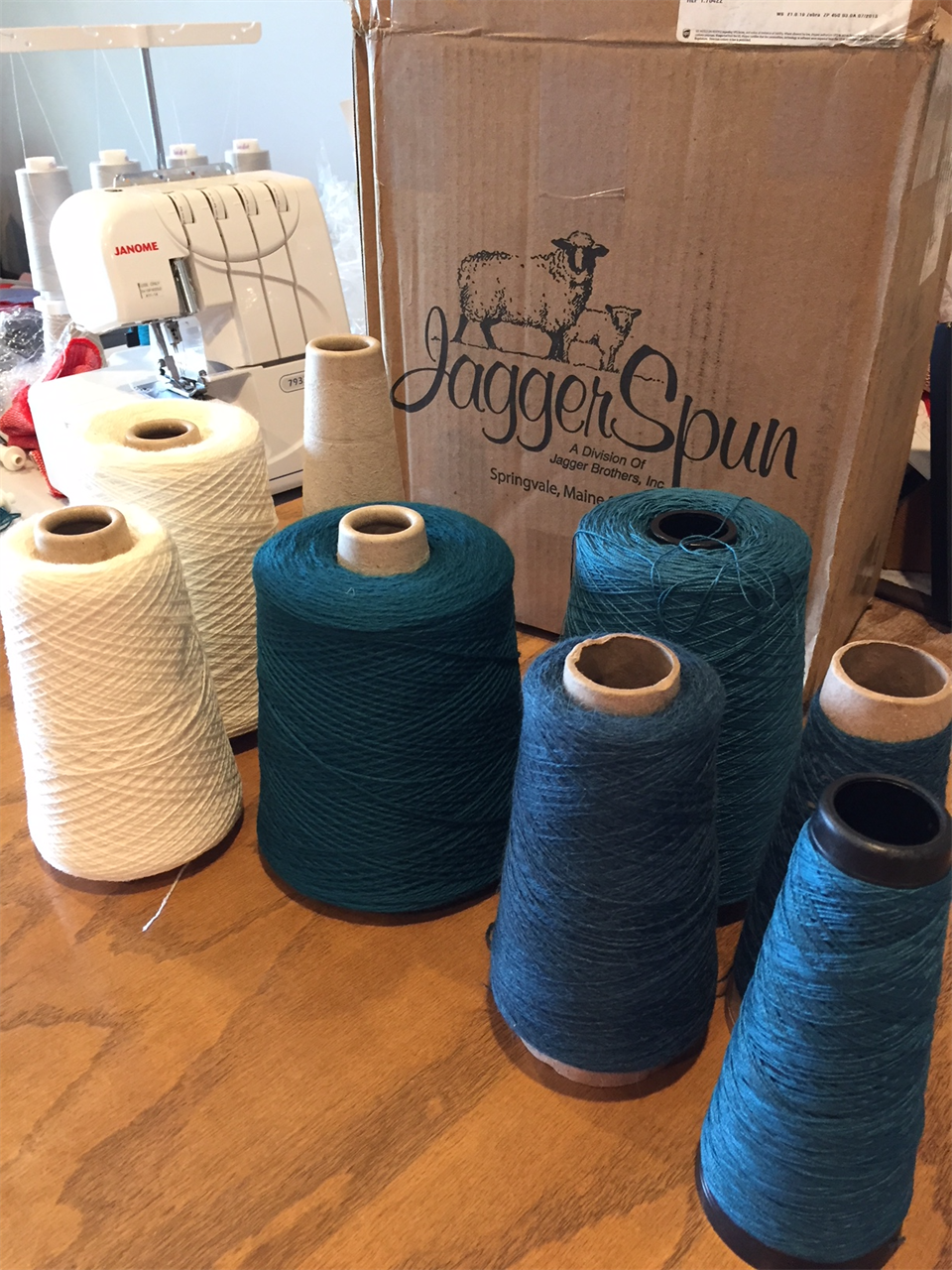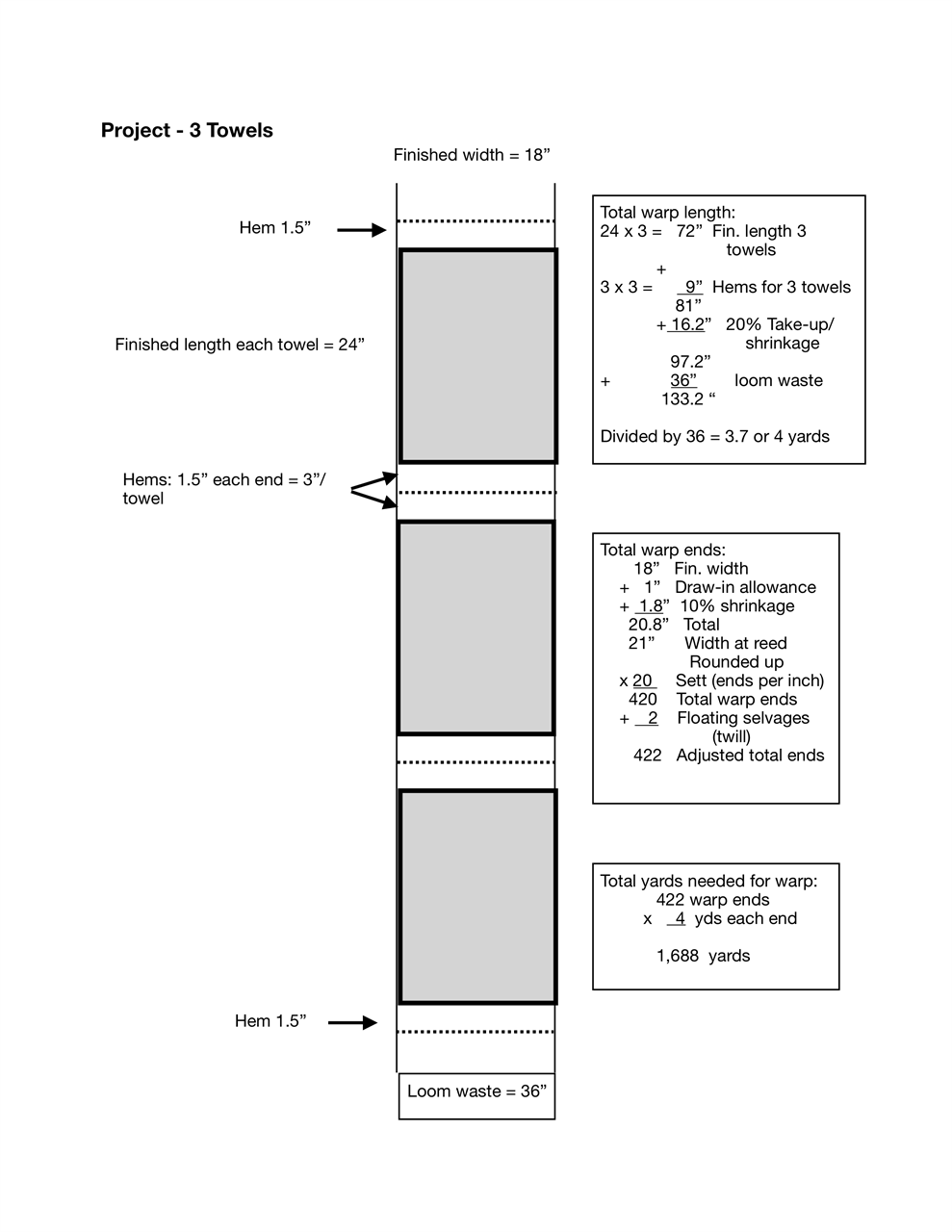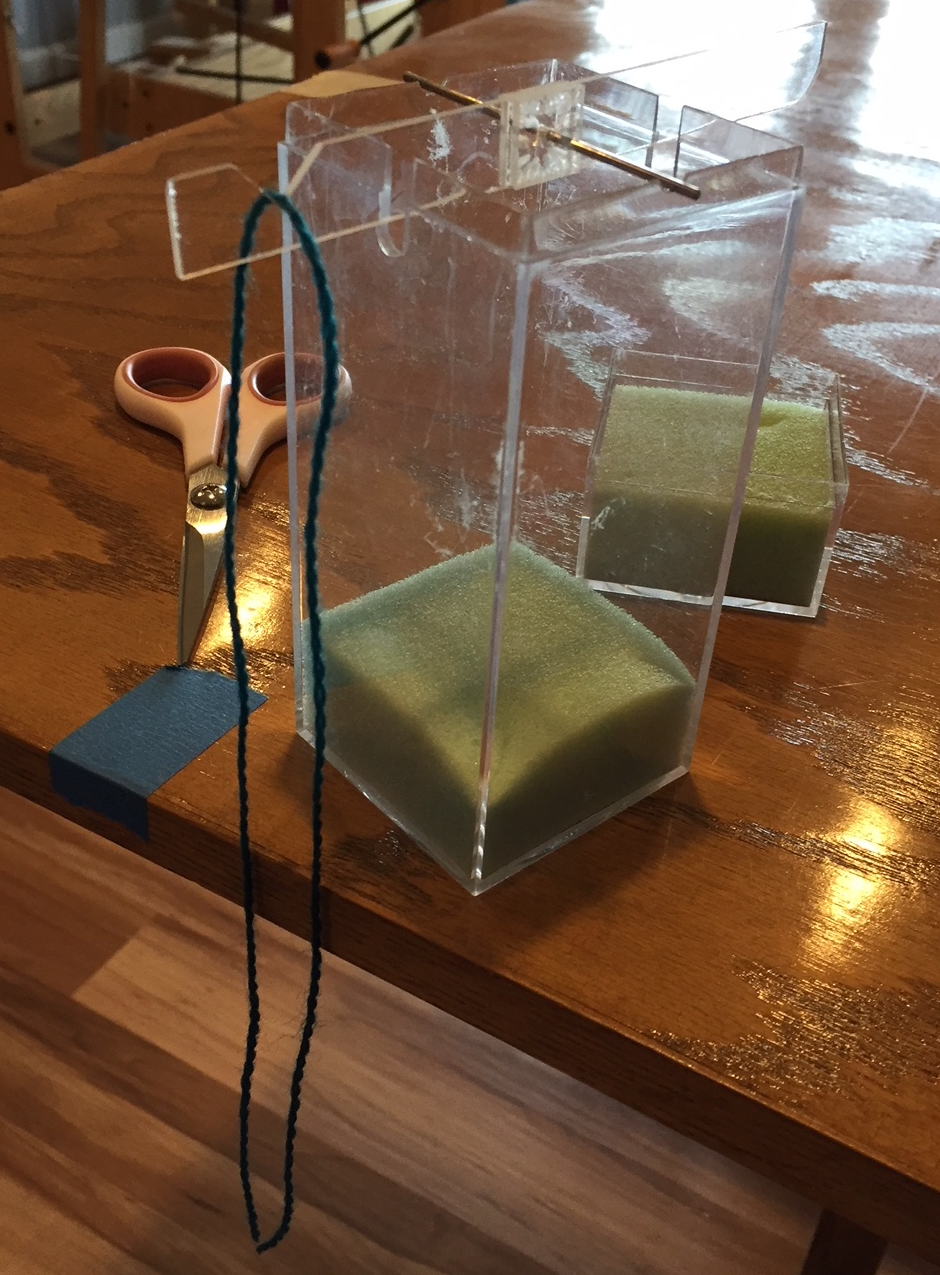I saw an image circulated on Facebook recently. It showed a receipt being printed from a credit card machine. It said something to the effect of…”Transaction Denied. You have enough yarn.” Almost fell off my chair laughing.
Looking around my cluttered studio at the boxes from Jaggerspun and Webs I recently unpacked, I realize I have broken my New Year’s resolution to weave throughout 2018 only using the yarn I already have. But things happen. Exhibitions come up. A collaborator for one exhibit says, “Let’s do a coat, in teal!” Sure, I exclaim!

Now, a gorgeous winter coat is going to require wool or alpaca, neither of which I keep in great supply, especially not in teal. (The fact that I am weaving the wool yardage now, in the dog days of August is a story for another blog post.) So despite how true the credit card warning above is, I ordered more yarn.
However, I have resolved (re-resolved?) that the other three entries in this exhibit will be woven from yarn in my stash: cottons, Tencel, bamboo, silk, and the usual cast of characters. But first I have to figure out how much I will need of each and how much I have on hand, just in case I need a little more or a slightly different size or color.
So for this blog, I thought I’d offer a short tutorial on figuring out whether you have enough yarn on a given cone (or skein) to complete a project.
How Much Yarn Do I Need for Warp?
Step 1: Figure how long each warp end needs to be by adding together the desired finished length of each piece on the warp, fringe or hem allowances for each piece, take-up and shrinkage (about 20% is average), and loom waste based on your loom and warping techniques. Divide by 36 to convert inches to yards.
Step 2: Figure how many warp ends you will need by adding together desired finished width, an allowance for draw-in (which you will work to minimize) and shrinkage (say 10%). Multiply the resulting width at the reed by the sett (ends per inch) you will use based on yarn size and structure. Add floating selvages to this total if needed.
Step 3: Find total yardage needed for warp by multiplying total warp ends by total length of each warp end.
Step 4: If using multiple yarns or colors in warp, repeat step 3 for the number of warp ends for each yarn.
See example below:
How Much Yarn Do I Need for Weft?
Step 1: Figure how many inches of weft will be needed to weave 1” of cloth by multiplying width at the reed by desired picks per inch (same as epi if balanced weave).
Step 2: Figure how many inches of weft will be needed by multiplying result of step 1 by total woven inches in warp, which will be the finished length of all pieces, plus hems, plus take-up and shrinkage. (No weft will be needed for fringe.)
Step 3: Divide what is usually a really big number by 36 to convert to yards.
Step 4: If using multiple wefts, figure this for each yarn according to number of woven inches for each.
Shortcut: You will usually need a little less yarn for weft than warp. So if you allow the same amount needed for warp for weft, you’ll have enough, with a little left over.
Note that you may need to adjust your take-up and shrinkage percentages for different fibers, i.e.: up for wool or down for linen or silk. You can obtain more accurate estimates for yards needed by weaving samples in your chosen yarn, structure and parameters. Keeping careful records of measurements on-loom and after wet finishing for each project will prove valuable if you want to repeat it, or even weave something similar in that same yarn.
How Much Yarn Do I Have?
Step 1: Determine the yards per pound for your yarn(s). Find this info in descriptions from your yarn supplier, reference books, or Handwoven Magazine’s Master Yarn Chart, a free download from weavingtoday.com. If you can’t find it there or don’t know exactly what the yarn is, look for something close in the Master Yarn Chart OR use a McMorran Yarn Balance*.
Step 2: Divide yards per pound by 16 to find out yards per ounce.
Step 3: Weigh your cone(s) or skein(s) of yarn, deducting the weight of the cone. (1 or 2 ounces depending on type and size of cone. I keep some empties of various kinds on hand to zero out the scale before weighing.)
Step 4: Multiply total ounces (or pounds) by yards per ounce (or yards per pound) to determine total estimated yards for each yarn.
It is always a good idea to err on the side of having a little more yarn than you need. The alternative is maddening if you run out of either warp or weft yarn close to the finish line. Ask me how I know.
What To Do If You Do Not Have Enough?
Well, if you are committed to not ordering more yarn, you have to get creative. That will be the subject of my next blog post.
Want to hear all that again, in slow motion? Purchase a few hours (or package) of Shaft-Loom Weaving on my Resident Artist page and schedule some one-on-one time with me in the Local Cloth studio.
*McMorran Yarn Balance (right)  has become a little hard to find, but is a great addition to any weaver’s toolbox. Instructions are included in package or easy to find online.
has become a little hard to find, but is a great addition to any weaver’s toolbox. Instructions are included in package or easy to find online.
